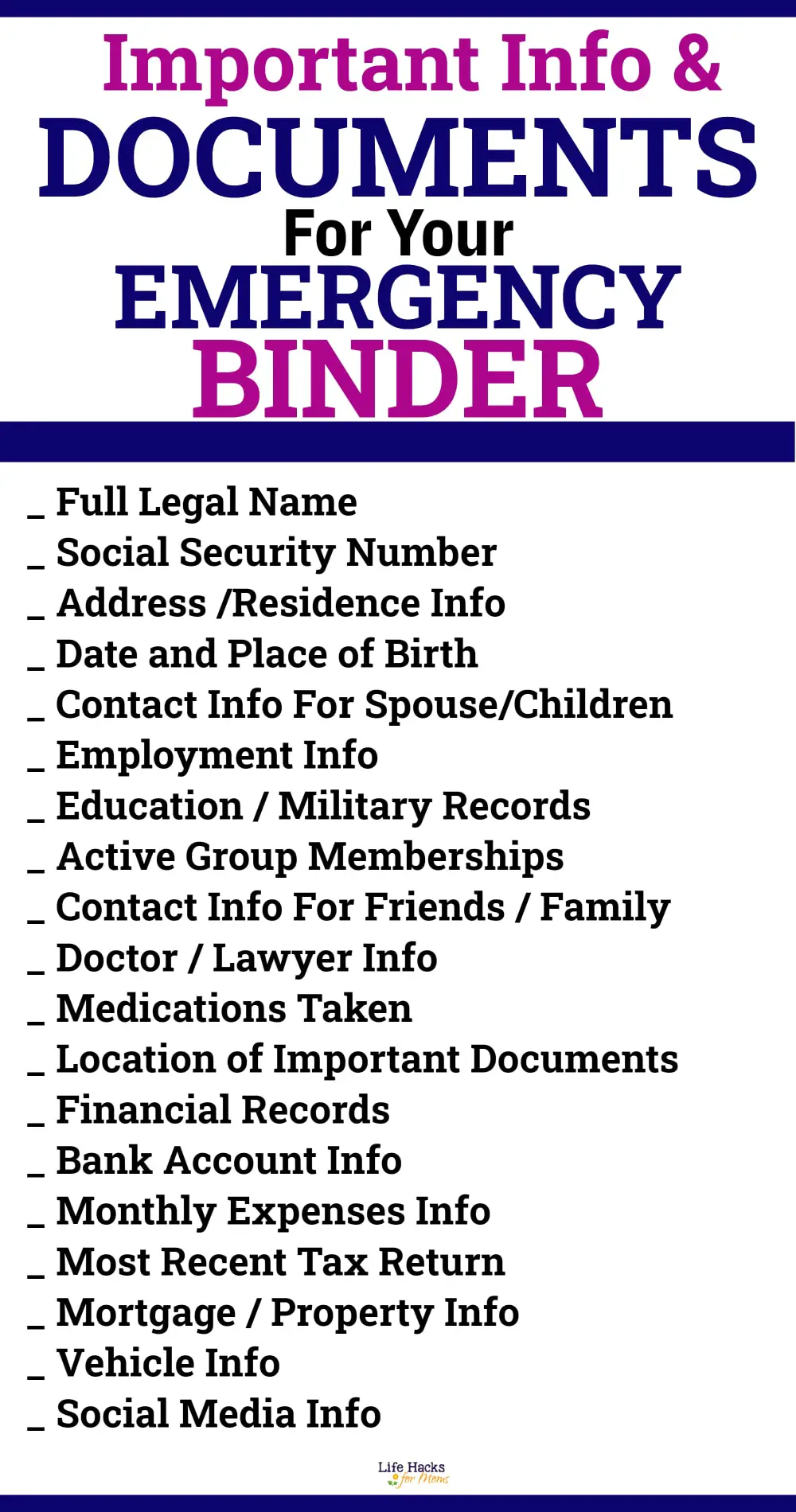Essential Paperwork Guide for Your E-Check

Preparing for an e-check can sometimes seem overwhelming with the myriad of documents you might need. Whether you're setting up automatic bill payments, handling electronic funds transfer, or participating in an electronic payment system, understanding the essential paperwork and electronic signatures involved ensures a smooth process. This comprehensive guide will walk you through every step, ensuring you're fully prepared with all the necessary documents for your e-check transactions.
Understanding E-Checks


Before diving into the paperwork, it’s important to know what an e-check is. An electronic check, or e-check, allows for funds to be transferred electronically from one account to another, mimicking the process of traditional checks but with a digital twist. Here’s what you should know:
- Definition: An e-check is a digital version of a paper check.
- Security: E-checks can be secure with proper authentication and encryption.
- Authorization: A signature or an electronic authorization method is usually needed.
Documents You Need for E-Checks

Personal Identification

To prevent fraud and verify identity, you’ll need:
- Photo ID: A valid driver’s license or passport.
- Utility Bills or Bank Statements: For address verification.
Bank Account Information

For electronic funds transfer, you must provide:
- Routing and Account Numbers: These are essential for setting up an e-check.
- Bank Statement: Showing account ownership and activity.
Authorization Forms

These forms permit the electronic payment:
- Authorization Form: A document that allows your bank to make payments on your behalf.
- Consumer Rights Disclosure: Information on your rights regarding the transaction.
How to Prepare the Paperwork

Gathering Documentation

Collect all required documents:
- Check expiration dates on IDs to ensure they’re current.
- Make sure bank statements are recent for accuracy.
Completing Authorization Forms

Ensure every detail is correct:
- Your name, address, and bank account details must be accurate.
- Read and understand the terms before signing or providing electronic authorization.
Important Notes

🔍 Note: Always double-check your bank details for accuracy; any errors can lead to transaction failures.
🚨 Note: Keep your electronic signature secure to prevent unauthorized access to your account.
This guide should simplify the process of preparing your e-check documents, ensuring you have everything in order to conduct your transactions with confidence. Remember, each bank or payment service might have its nuances, so always refer to their specific requirements as well. This preparation can prevent delays and safeguard against potential fraud, securing your financial transactions in the digital realm.
What are the advantages of using e-checks over paper checks?

+
E-checks offer convenience by eliminating the need for physical mailing or in-person delivery. They reduce processing time, provide better security through encryption, and enable easy record-keeping with digital copies of transactions.
How secure are electronic checks?

+
Electronic checks can be secure if handled by reputable payment processing systems with robust encryption and verification protocols. It’s crucial to protect your electronic signature and bank details from unauthorized access.
What happens if my e-check transaction is rejected?

+
If an e-check is rejected, the transaction will not be completed. The payee may be notified, and you might incur a fee or have to make the payment through another method. Always ensure your bank account has sufficient funds, and verify all details for accuracy before authorizing payments.